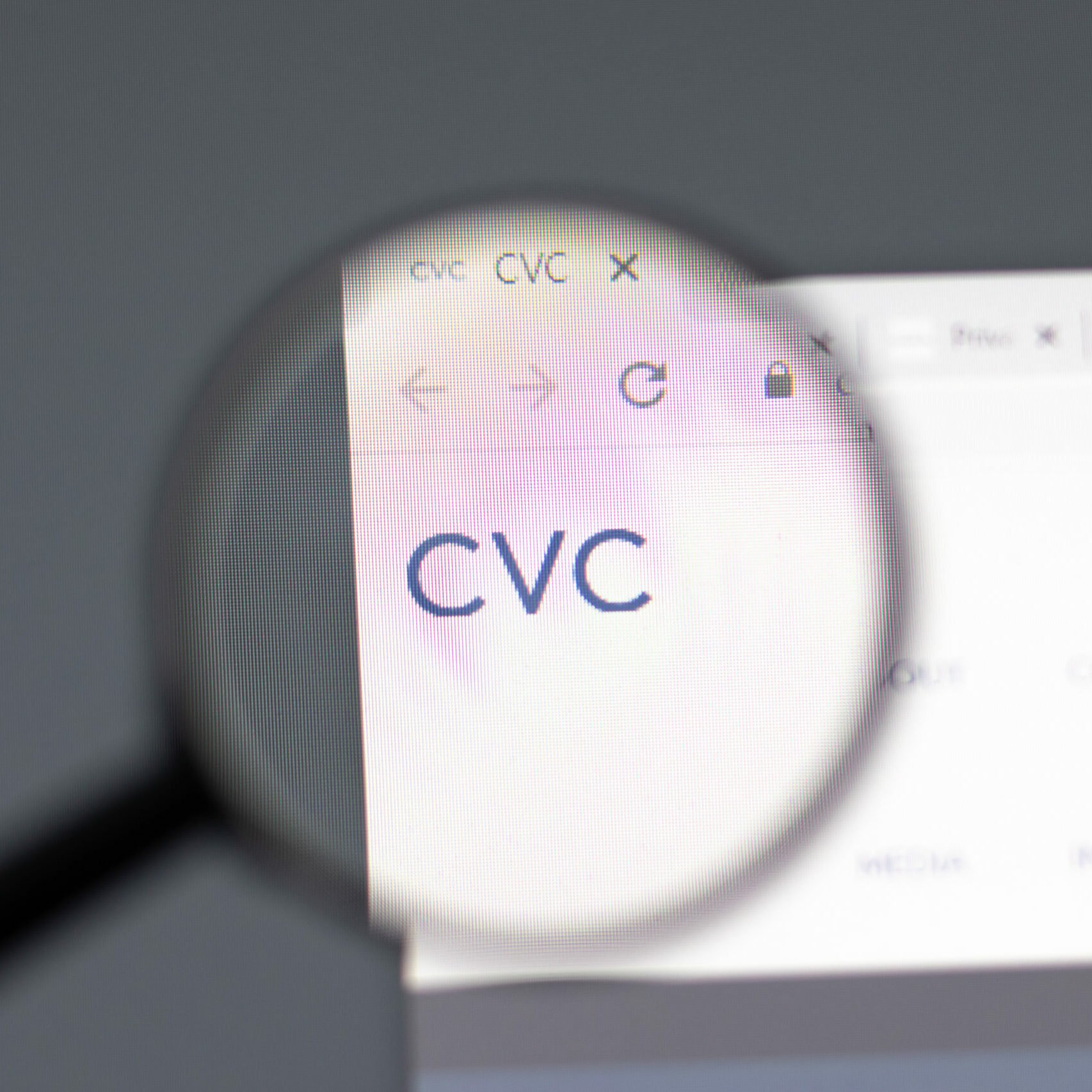Asset owners and managers are increasing their investment in Cashflow Driven Investment (CDI) assets, such as Infrastructure, according to data released by RiskFirst covering over GBP1 trillion of assets.
The average allocation to CDI eligible assets, such as infrastructure, private and multi-asset credit, has more than doubled since the beginning of 2018, concludes the study. This trend is driven by increasing allocations to infrastructure investments and a reduction in traditional return-seeking investments, such as equities.
The analysis is based on data drawn from RiskFirst’s risk management platform PFaroe, which has a client base of both asset owners and managers.
Over recent years an increasing number of asset managers and consultants in the defined benefit (DB) pension space have been advising clients on the merits of incorporating CDI strategies in their broader portfolio allocation strategy. CDI matches the timing of the underlying cash inflows on the asset side with the cash outflows on the liability side, in an attempt to provide better returns, on a risk-adjusted basis, than the traditional portfolio asset combinations of equities and bonds.
The analysis could suggest that investors and consultants are anticipating a recession in the next 12-24 months, making the case for steady cashflow and fixed income assets stronger to ensure a well-funded DB pension plan.
Matthew Seymour, CEO, RiskFirst, says: “While no one knows for a fact when the next recession will kick in, our data shows that one thing is certain: CDI is not just an idea but a strategy whose time has come. As CDI becomes more important, ready access to asset and liability data and being aware of both broader asset and liability trends is becoming increasingly integral to both the asset owner and the growing asset manager client base.”






